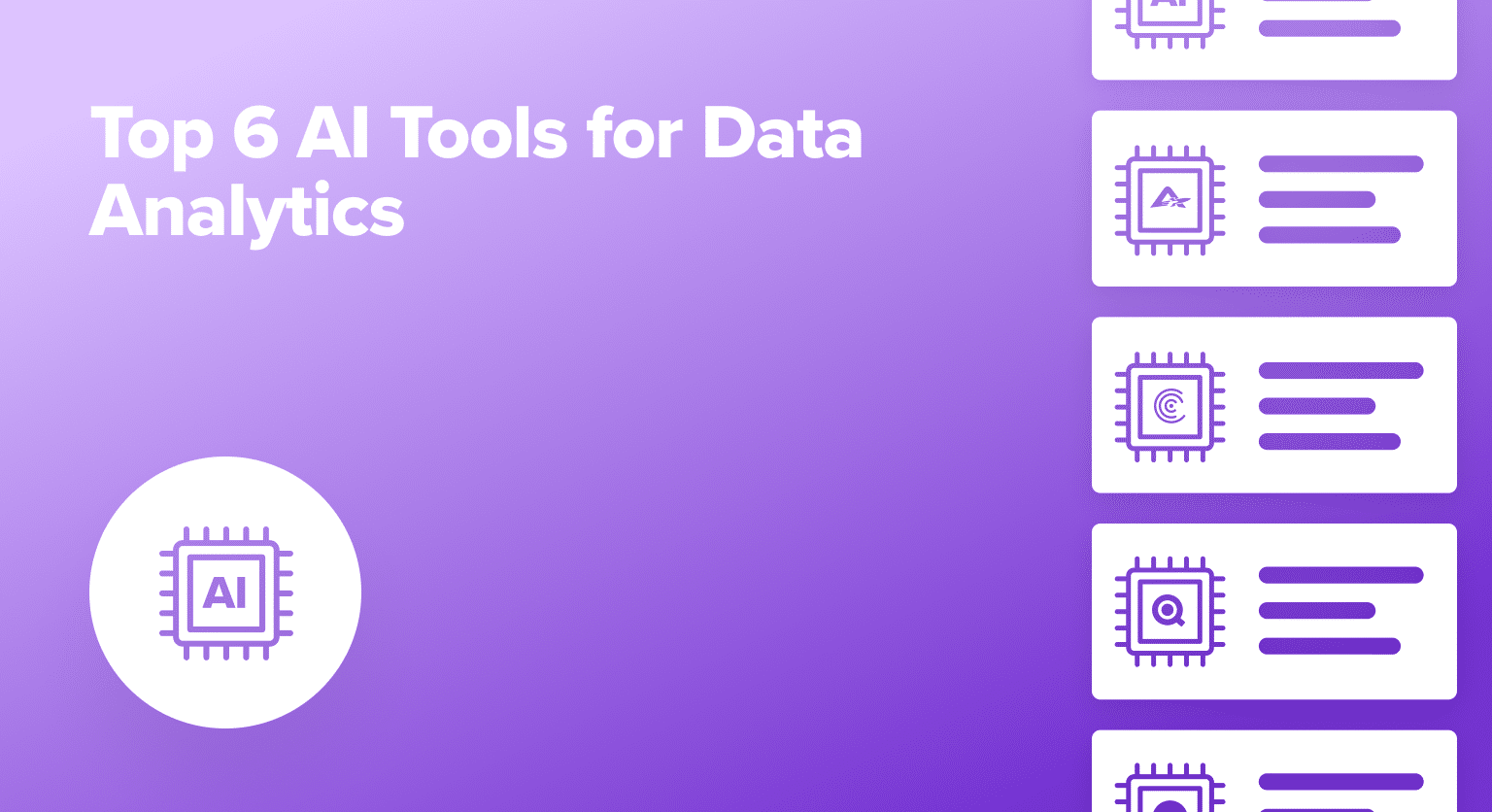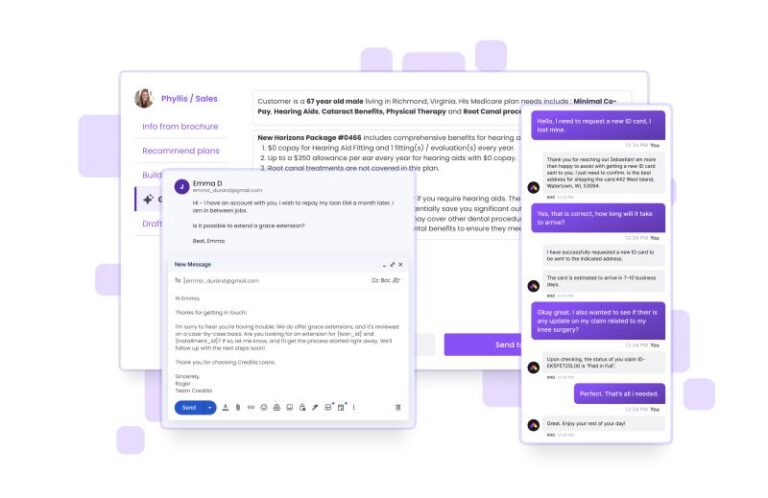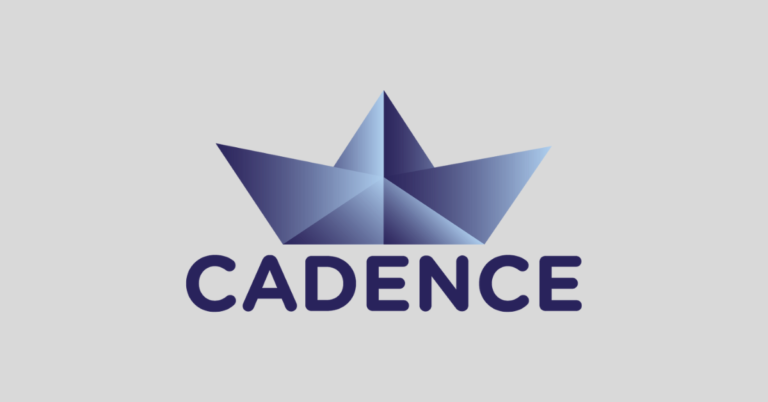Free Ai Tools for Data Analysis: Unlock Insights Now!
Google Colab and Kaggle are two free AI tools that offer robust data analysis capabilities. Both platforms provide users with high computational power and a variety of resources for data exploration.
In the current digital landscape, harnessing the power of data is essential for businesses and researchers alike. Tools that offer artificial intelligence and machine learning features can transform mere data sets into actionable insights. Google Colab simplifies the process of writing and executing Python code, offering free access to GPUs and TPUs.
Meanwhile, Kaggle is not just a tool but a community where data scientists share and collaborate on projects, boasting free access to datasets and competitive machine learning challenges. Both tools are user-friendly and scale with your needs, from simple data analysis tasks to complex machine learning models. They provide an excellent starting ground for individuals looking to delve into data science without initial investment.
Introduction To Free Ai Data Analysis Tools
Data analysis takes a futuristic leap with AI. Imagine powerful tools crunching numbers at the speed of light. Now, they are free and accessible. This introduction sheds light on how AI transforms data analysis. We explore tools that let you interpret complex data without breaking the bank.
The Rise Of Ai In Data Analytics
The digital universe is vast and growing. AI bridges the gap between data generation and data comprehension. Free AI data analysis tools capture this trend. They provide advanced analytics to all.
- Smart algorithms learn from data patterns.
- AI tools provide insights with unmatched speed.
- Complex data becomes simple and actionable.
The use of AI in data analytics ensures that insights are not just available to large corporations. Small businesses, researchers, and even students can harness the power of AI to make informed decisions.
Benefits Of Using Ai For Data Interpretation
AI revolutionizes data interpretation. With free AI tools, users enjoy:
| Benefits | Description |
|---|---|
| Speed | Process datasets in seconds, not hours. |
| Accuracy | Minimize human errors in analysis. |
| Complex Analysis | Handle sophisticated mathematical functions. |
| Predictive Insights | Forecast trends and outcomes. |
| Cost-Effectiveness | Save on resources and investment. |
Free AI tools unlock potential in data we never knew existed. They empower users to focus on strategic decision-making. They turn novice analysts into data scientists. These tools are the future, open to all for exploration and mastery.

Credit: www.simplilearn.com
Key Features Of Freeware Ai Tools
Finding the right AI tools for effective data analysis should not cost a fortune. Freeware AI tools offer powerful features and capabilities that align with those found in premium software. Today, we delve into key features that make such tools valuable assets in data-driven environments.
Automation In Data Processing
Automation stands at the heart of freeware AI tools for data analysis. These tools streamline tasks that would typically be time-consuming. They include data cleaning and integration processes. Here’re highlights of automation capabilities in AI tools:
- Error Reduction: Automatic error detection minimizes manual checks.
- Consistency: Ensures uniform data handling across datasets.
- Efficiency: Accelerates analysis with quicker data preparation.
Predictive Analytics And Machine Learning
Freeware AI tools leverage predictive analytics and machine learning to forecast future trends based on historical data. Key features include:
- Pattern Discovery: Identifies trends and correlations in data.
- Model Training: Offers ability to train custom models with ease.
- Accuracy: Refines predictions with continued data input.
Visualization And Interactive Dashboards
User-friendly visualization and interactive dashboards are pivotal. They transform complex data into understandable insights. Highlighted features encompass:
- Customization: Allows for personalized dashboard designs.
- Data Representation: Offers various chart and graph options.
- Interactivity: Empowers users to manipulate views and drill-downs.
Top Free Ai Tools For Data Analysts
Exploring the realm of data analysis can be an adventure. Data analysts now have powerful allies in AI tools. These tools make sense of complex data. They reveal patterns and insights. They help make data-driven decisions. Best of all, there are top-notch options available for free. Let’s dive into some of the most effective free AI tools you can start using today.
Google Ai Platform: A Comprehensive Suite
Google AI Platform is a diverse set of tools. It is perfect for both beginners and professionals. Users benefit from Google’s machine learning expertise. It features data prep, analysis, and model-building capabilities. Here are some highlights:
- Integrated tooling: Easy approach to develop AI models.
- Scalability: Handles different data sizes with ease.
- No-charge access: Start with no costs.
Weka: The Open Source Solution
Weka is a fit for those who love open source. It’s a collection of machine learning algorithms for data mining tasks. Weka stands out with:
- User-friendly: Its interface is simple to navigate.
- Extensive toolkit: Offers various techniques for data analysis.
- Community support: Benefits from a helpful user community.
Knime: Blending Data And Ai Seamlessly
For those who appreciate visual programming, KNIME is the choice. It makes data blending and machine learning straightforward. KNIME users enjoy:
- Intuitive design: Drag-and-drop style interface.
- Rich analytics: Offers a vast array of algorithms.
- Community contributions: Extends functionality through plugins.
How To Choose The Right Ai Tool For Your Needs
Choosing the right AI tool for data analysis can uplift your project’s insights and performance. Let’s dive into what factors matter most when selecting the ideal AI solution.
Assessing Data Types And Volume
Understanding the nature of your data is crucial. AI tools differ vastly in handling data types and volumes.
- Various data formats: Check if the tool processes structured, unstructured, or both data types.
- Volume capacity: Ensure the AI tool can manage the data scale you work with.
Considering Scalability And Integration
Your choice should grow with your needs. Scale and integration capabilities are key to a robust AI strategy.
- Expansion support: Choose tools capable of scaling up as data and user count increase.
- Easy integration: Seamless integration with existing systems saves time and resources.
Community Support And Documentation
Access to a knowledgeable community and clear documentation eases learning curves.
- Active forums: Look for a tool with a vibrant user community.
- Helpful guides: Opt for tools with comprehensive and understandable documentation.
Real-world Success Stories
The power of AI tools in data analysis is not just theoretical. These tools have transformative impacts across various sectors. They streamline processes, reveal hidden insights, and drive significant growth. The following stories are from businesses, researchers, and non-profit organizations. They showcase how AI analytics tools bring game-changing advantages.
Small Businesses Leverage Ai For Growth
Local shops and online startups are booming with AI. They use free AI tools to understand customer behavior better. This knowledge leads to improved product recommendations and inventory management. A bakery in Georgia, for instance, integrated an AI-driven analysis tool. This helped predict the demand for bread varieties daily. The result? A 20% increase in sales and reduced waste.
Another example is a fashion boutique in Seattle. They used AI to track trending styles and manage supply chains efficiently. Through data-driven decisions, the store saw a 40% reduction in unsold inventory.
Academic Research Enhanced With Ai Analytics
University research teams are tapping into AI for profound discoveries. A team at MIT used AI tools to analyze complex data sets in genetics. They identified patterns that led to a breakthrough in disease prediction. This enables earlier interventions for patients worldwide.
In climate science, researchers from Norway applied AI in processing satellite data. This provided more accurate climate models. As a result, they could forecast weather changes more effectively, enabling better preparation for extreme conditions.
Non-profit Organizations Gaining Insights
Non-profits operate with tight budgets and big missions. AI analytics offer them a way to do more with less. An animal welfare group in California adopted AI to analyze patterns in adoption rates. This assisted them in creating targeted campaigns. These campaigns increased adoptions by 30% year-over-year.
Furthermore, an environmental non-profit used AI to study deforestation effects. The insights led to impactful conservation strategies. These strategies are now in effect across multiple countries.
| Organization Type | AI Tool Benefit | Outcome |
|---|---|---|
| Small Business | Customer Behavior Analysis | Sales Increase |
| Academic Research | Disease Pattern Identification | Breakthrough Discoveries |
| Non-Profit | Adoption Rate Analysis | Increased Adoptions |

Credit: coefficient.io
Getting Started With Ai-based Data Analysis
Unlock the power of your data through AI-based analysis. Don’t let the intricacy of data science hold you back. Even without a background in this field, free AI tools can simplify the process. They provide intuitive guidance to analyze vast datasets with ease. Let’s dive into the exciting world of AI data analysis for beginners. Here’s how you can start your journey.
Steps To Implement Your First Ai Project
- Identify the goal for your data analysis project.
- Collect relevant data to feed into the AI tool.
- Choose a free AI data analysis tool suited to your needs.
- Prepare the data by cleaning and formatting it properly.
- Train your AI model using simple tutorials provided by the tool.
- Test the AI model to ensure accurate results.
- Analyze the data and interpret the outcomes.
Overcoming Common Challenges And Pitfalls
- Avoid overfitting by using varied datasets.
- Ensure data quality; garbage in, garbage out.
- Focus on a clear objective to prevent scope creep.
- Stay patient while the AI model learns from the data.
- Seek community help when faced with technical difficulties.
Resources For Learning And Improvement
Embrace continuous learning to enhance your AI projects. Explore forums, online courses, and interactive communities to gain insights.
| Type | Resources |
|---|---|
| Forums | Stack Overflow, Reddit |
| Courses | Coursera, edX |
| Communities | GitHub, Kaggle |
Engage with these resources and apply what you learn to your projects. Regular practice with AI tools can transform data analysis from daunting to delightful.

Credit: www.facebook.com
Frequently Asked Questions On Free Ai Tools For Data Analysis
What Free Ai Can Analyze Data?
Google’s Data Studio and IBM Watson Studio offer free tools to analyze data. Open-source platforms like Orange and KNIME also provide no-cost data analysis capabilities.
Is There An Ai For Data Analysis?
Yes, numerous AI tools exist for data analysis, such as TensorFlow, RapidMiner, and IBM Watson. These platforms help in interpreting complex datasets efficiently.
Which Is The Best Free Ai Tool?
The best free AI tool varies by need, but for general purposes, Google’s AI platform offers robust features without cost.
Can I Use Chatgpt To Analyze Data?
Yes, you can use ChatGPT to analyze data by creating prompts that help process and interpret information effectively.
Conclusion
Embracing AI tools for data analysis doesn’t have to mean hefty investments. The free resources outlined provide robust solutions for both beginners and seasoned analysts. By leveraging these cutting-edge technologies, data enthusiasts can uncover insights, enhance decision-making, and drive innovation without straining their budgets.
Start exploring these tools and transform data into actionable intelligence today.



![Kua.Ai Appsumo Lifetime Deal [$49] - Run Your Store on Autopilot](https://aivariance.com/wp-content/uploads/2024/02/kuaai-appsumo-lifetime-deal-49-run-your-store-on-autopilot-768x512.png)

